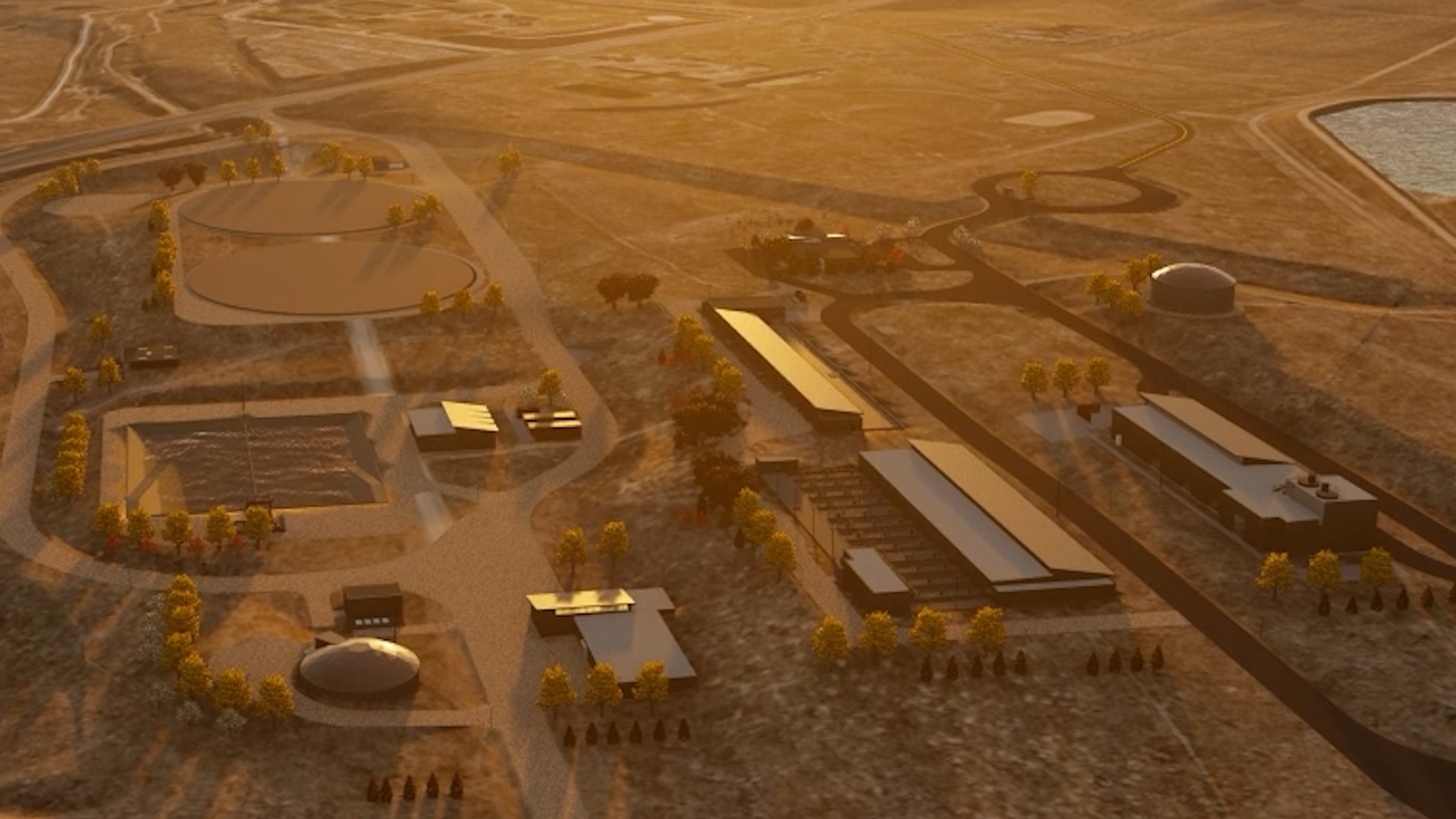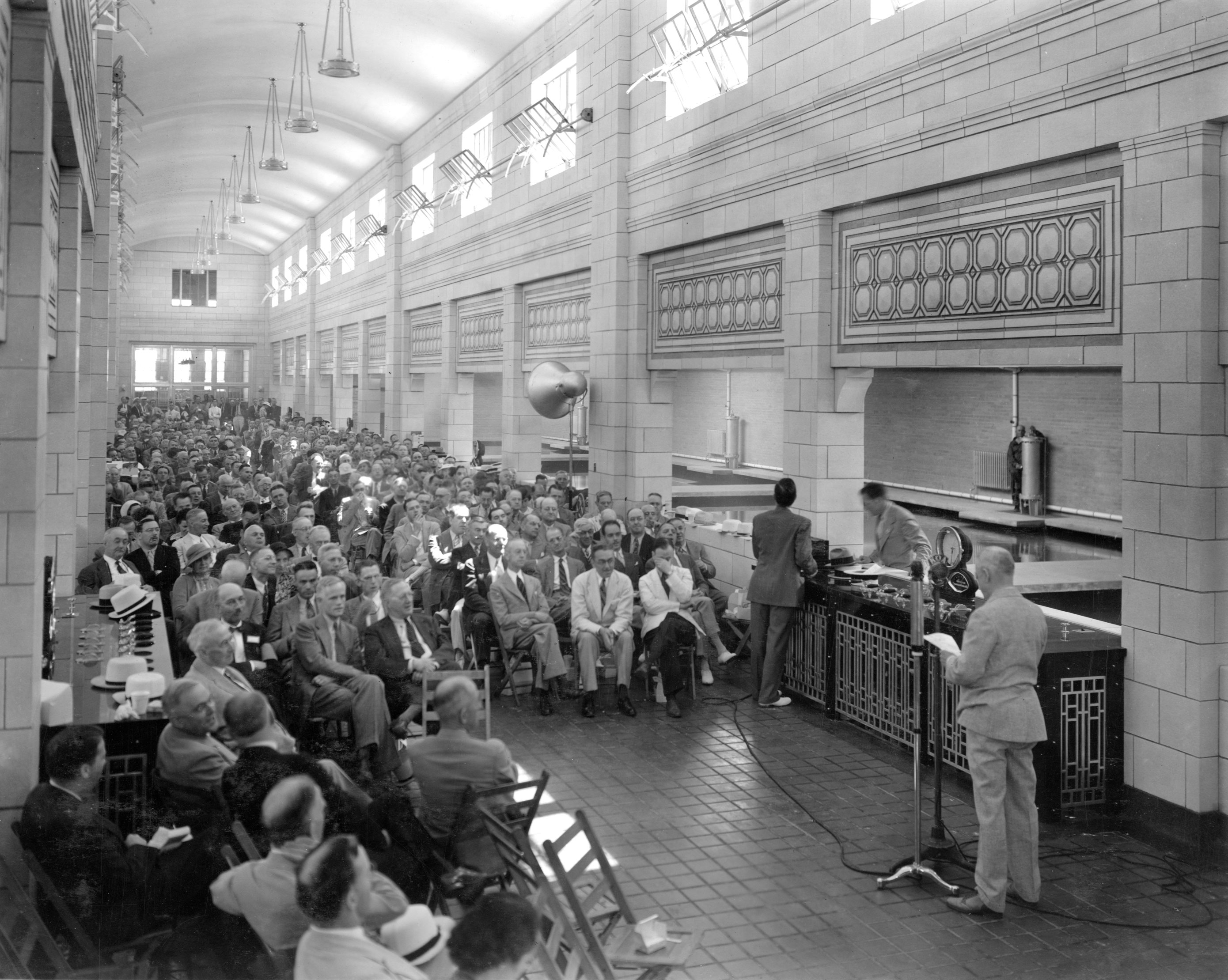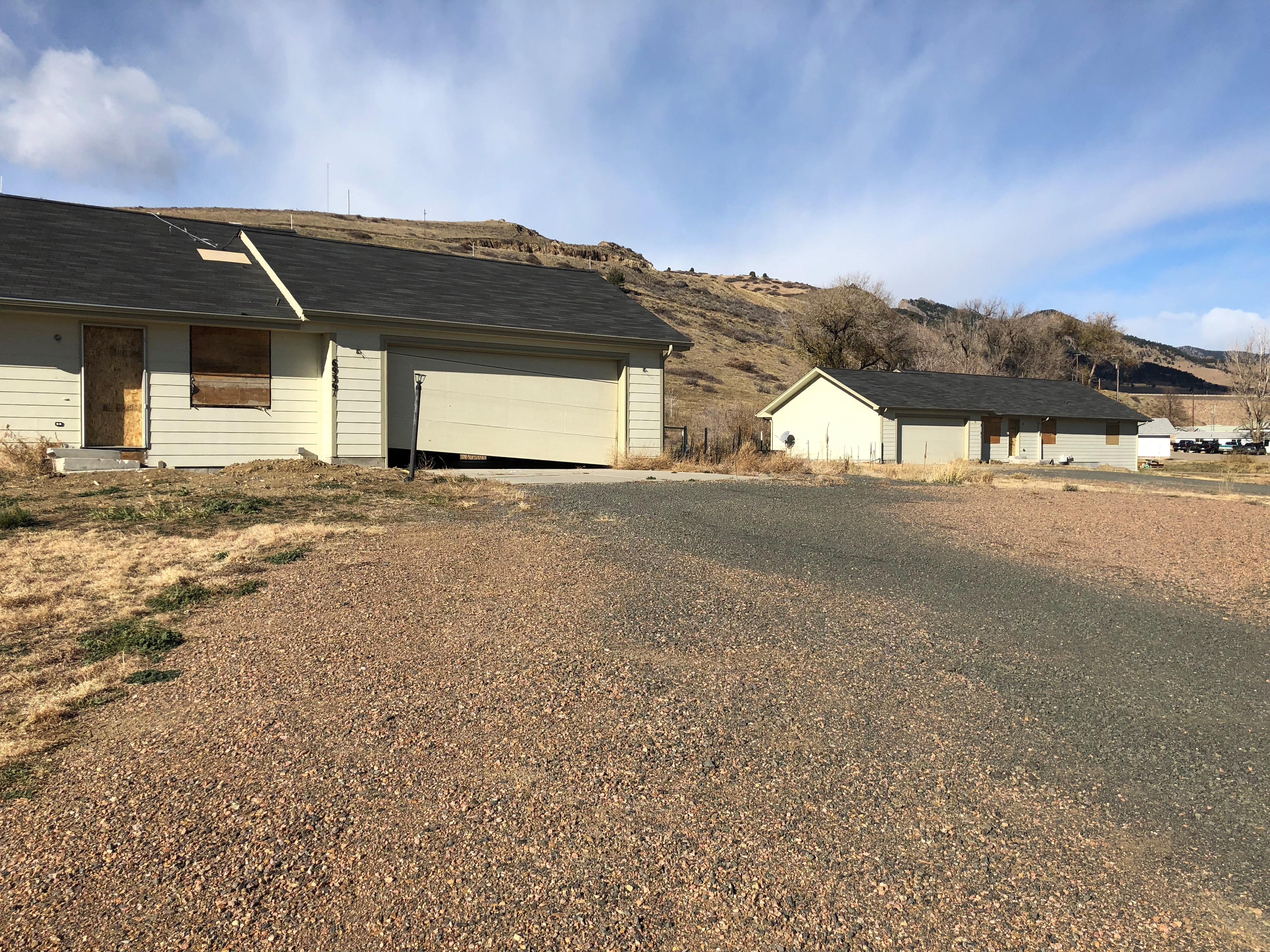
Decision point: Where to build a new state-of-the-art treatment plant
We’ve all been there. Your aging car has hundreds of thousands of miles on it and needs repairs. There are lots of questions to ask yourself: How much do I invest in the vehicle? Should I buy a brand-new car? Do I need more space? Can I keep this car for my kids and buy a less expensive car?
A similar scenario has been occurring at Denver Water — just on a much larger scale.
The Moffat Treatment Plant, which has provided the Denver metro area with clean, great tasting drinking water over the last 80 years, is closing in on retirement.
“We took this opportunity to look at all options to determine what we need now and how that compares to what we think we’ll need in the future,” said Pete McCormick, project manager for the North System Renewal Project, which includes the Northwater Treatment Plant. “We are going through the process to ensure we develop the most efficient and financially responsible solution for our customers over the next 100 years.”
After a long, cumbersome multiyear process, the decision was made to build a new treatment plant at Denver Water’s Ralston Reservoir site, just west of Highway 93 between Golden and Boulder.
After the Northwater plant opens in 2024, Moffat Treatment Plant will continue to operate at a reduced capacity until all North System Renewal projects have been completed — including the Gross Reservoir Expansion Project. Moffat also will continue to store treated drinking water, just like it does now. But much of that stored water will be treated at the Northwater plant, then piped down to Moffat.
“By keeping Moffat online at a reduced rate and only building Northwater to the size we need now, with the ability to expand in the future, we’ll save between $60 and $80 million compared to what it would have cost to just replace the aging facility,” said Tom Roode, chief operations and maintenance officer at Denver Water. “This option provides us with the flexibility to increase capacity at the new facility when it’s needed, instead of paying for additional space that isn’t necessary now.”
Additionally, building a new treatment plant at the current Moffat site would have had significant impacts to the dense Lakewood community that has built up around the plant since its inception in the 1930s — compared to the minimal community impacts from building on the larger, more secluded Ralston Reservoir location.
But, it’s not as easy as just picking a spot on that property and building a new facility.
The original plan was to locate the plant in an open area on the south side of the site — but this spot turned out to be on top of a decades-old abandoned coal mine shaft, making it unsafe ground for a facility of this size.
“While there is a lot of land at Ralston, we quickly found out that we didn’t have a lot of options,” McCormick explained. “We looked at four layouts that all came with unique issues. In the end, we weighed the options and determined the site closest to the existing buildings was the most responsible route to take."
In this case, the decision meant needing to remove two six-year-old homes built on site for the Ralston Dam caretakers.
“We looked extensively at all of our options to keep the two homes on-site,” said McCormick. “There’s a steep slope on one side and wetlands on the other, so there isn’t a lot of room on the property for construction activities or to reroute the 84-inch-diameter water distribution pipe needed for the treatment plant. Something had to give.”
Caretakers will still be responsible for maintaining and operating the dam, but with the added surveillance with the new treatment plant, caretakers can now live in the surrounding communities.
The homes have been stripped down to their frames. Windows, cabinets, appliances and anything else salvageable have been repurposed to other buildings. What couldn’t be reused at other Denver Water facilities was donated to charity.
“We also looked at relocating the homes to other locations in our system, but at the end of the day, the most cost-effective solution is to make this small sacrifice, which will ensure the most beneficial system upgrade for our customers," said Roode.
The Northwater Treatment Plant will treat up to 75 million gallons of water a day and will be equipped with disinfection technology that will provide more flexibility to react to changes in water quality.
Construction is now underway and is expected to end in 2024. To learn more about this $600 million project, which includes replacing an 8.5-mile-long pipeline and valves, and for real-time updates, click here.



